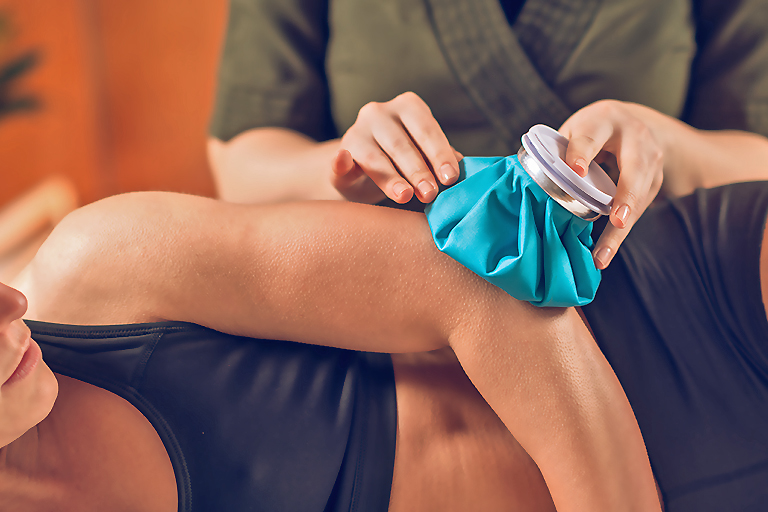
December 20, 2019 at 9:30 pm · drsahai · 0 comments
How to Treat Elbow Bursitis
Bursitis is definitely a painful condition and you will know if you have it. Your joints will tell you, one way or the other! However, the most common type of bursitis is olecranon bursitis (aka elbow bursitis. )
Elbow bursitis is an inflammation of the bursa, which is located under the outside tip of the elbow. The condition causes visible swelling at this location. As indicated above, the swelling will likely be accompanied by inflammation. The inflammation is typically caused by continually resting the elbow and putting weight on it.
What is Bursitis?
Bursitis occurs when the olecranon bursa goes through swelling and inflammation. The olecranon bursa is a fluid-filled sac that is thin and slippery. This sac acts as a cushion between the skin and the hardened tip of the elbow. Additionally, the olecranon bursa will consist of two components: an outer membrane called the synovium, and the inner fluid within that membrane, called synovial fluid.
In the most severe cases of elbow bursitis, you will experience an olecranon bursa that can swell to as large as 6 or 7 centimeters and 2.5 centimeters across. This is large enough that you may have a golf ball or egg-sized dent on the bottom of your elbow. This site-specific swelling can be beneficial due to it making elbow bursitis easier to diagnose. However, in each condition, there is still a question as to whether the bursitis is a septic infection.
Treating Bursitis of the Elbow
Luckily, most cases of elbow bursitis are not the result of an infection. However, many of these cases are easily treated with a myriad of self-care activities. For example, if you avoid aggravating the condition, it’s a good start. Elevating the region afflicted by bursitis and putting it on ice is an even better way to help speed up the process.
If you’re experiencing pain, Tylenol and ibuprofen are often recommended and will also help reduce inflammation. However, if you have a more severe, ongoing condition, it may require corrective surgery.
Naturally, there are some questions you should ask yourself:
- Is your elbow red or not? Are you experiencing chills or a fever?
- Is your elbow tender?
- Does the elbow have pus coming out of it?
These are all signs that the infection could spread to other parts of the body. If you experience these symptoms, get prompt medical attention.
Symptoms of Elbow Bursitis
There are many signs to watch for when you are experiencing elbow bursitis, such as:
- Swelling at the tip of the elbow: If it becomes inflamed, it will swell up with fluid, and the enlargement can be seen and felt through the skin. This is because the size of the swelling will often be as large as 7 cm by 2.5 cm.
- Elbow Pain: Often elbow pain is associated in the affected area
- Complete range of motion: Interestingly enough, elbow bursitis does not limit the range of motion. You will often still be able to fully straighten out these parts except in the most extreme cases.
- Warmer skin temperature: The skin over the inflamed elbow will often be “warm to the touch,” meaning that it feels hotter than other parts of your skin.
- Redness: Bursitis will be red in color, especially in a septic bursitis condition.
- Chills or fever: If you experience a fever or chills, it could mean it is septic. This warrants medical attention as soon as possible.
Common treatments for Elbow Bursitis
In most cases, many healthcare practitioners will recommend the R.I.C.E. formula. This is comprised of Rest, Ice, Compression, and Elevation. Some doctors will recommend Non-steroidal anti-inflammatory drugs (NSAIDs), and a few will prescribe corticosteroid injections.
Either way, if your elbow bursitis is not improving with home care, see a medical professional as soon as possible. If you are searching for an elbow specialist in the area for bursitis, call us at 888-409-8006.
Tags: elbow pain Categories: Elbow
